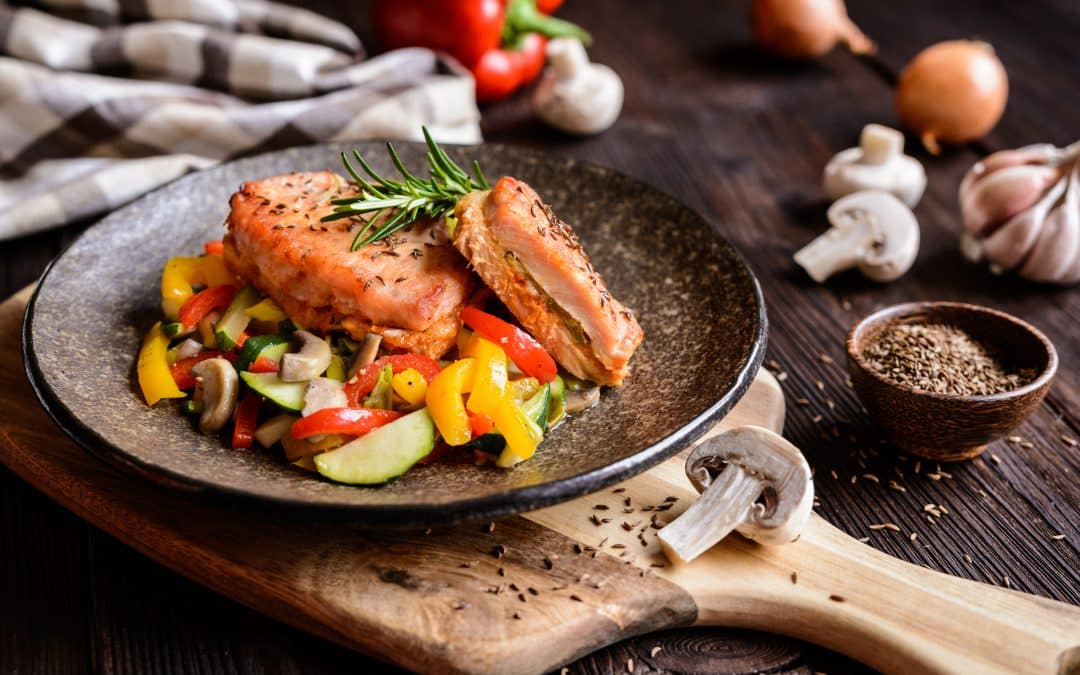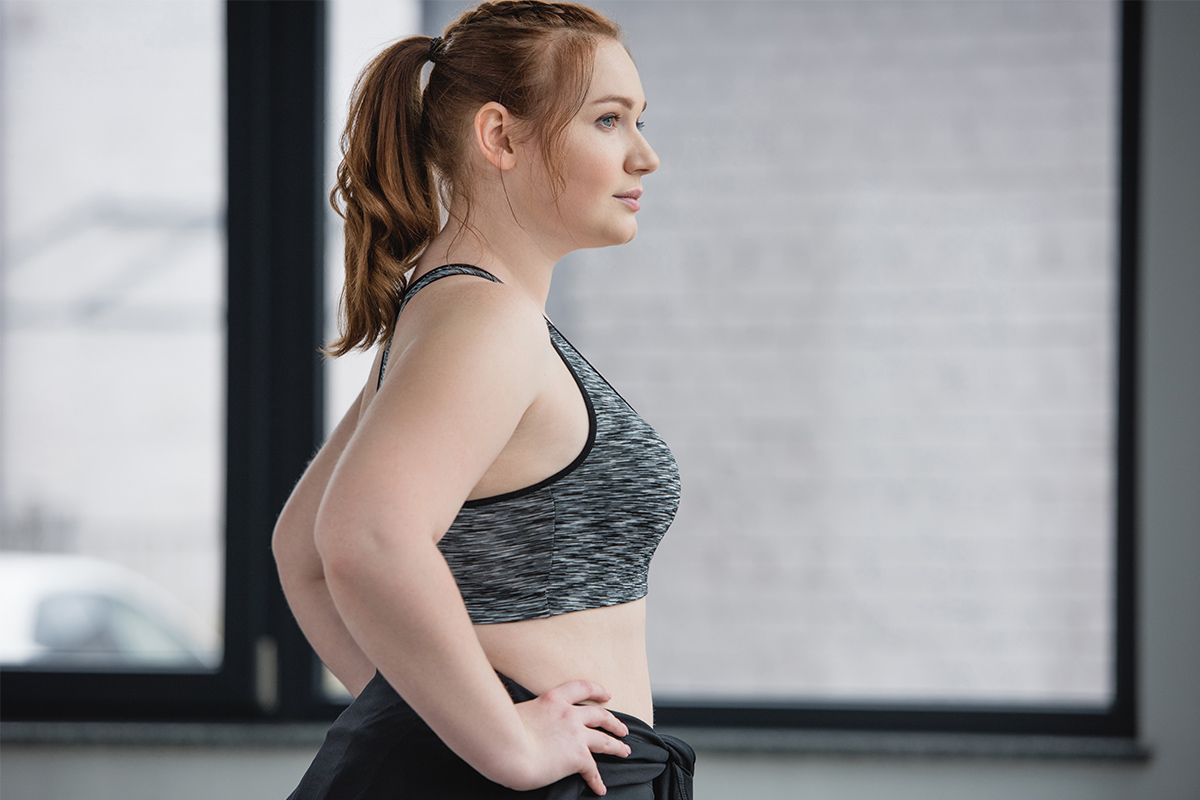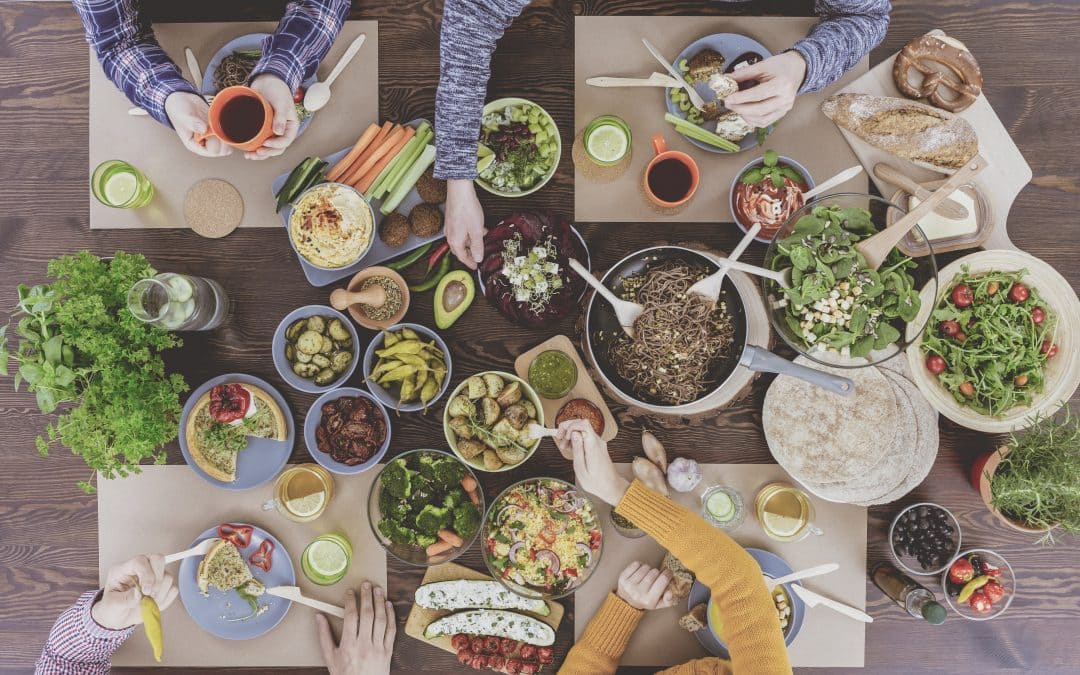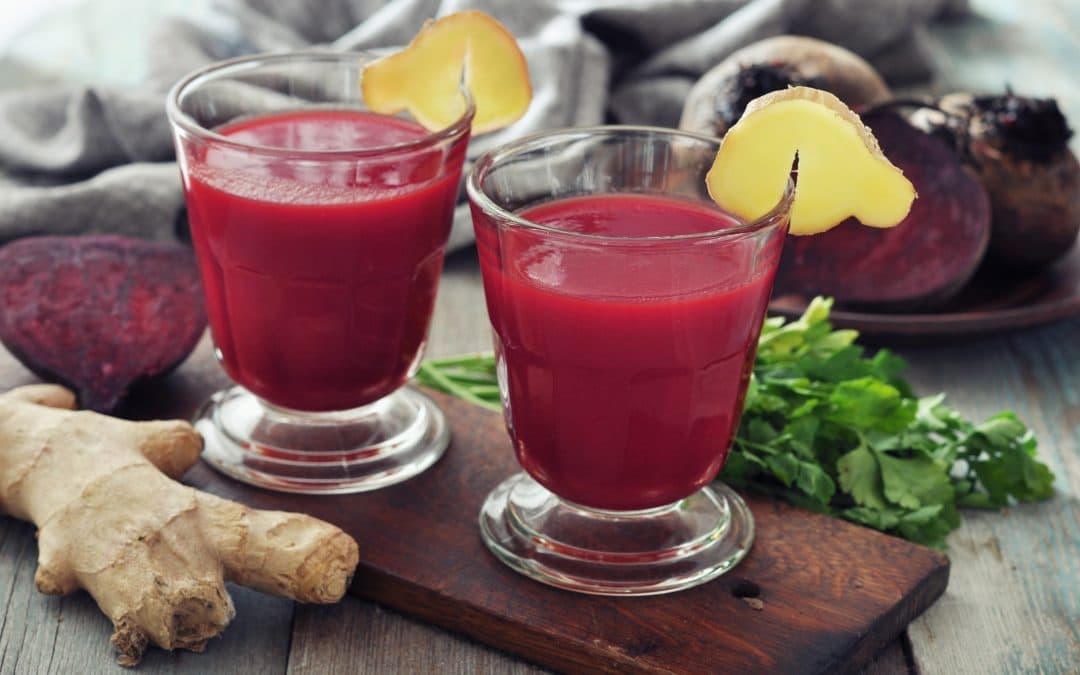What’s the difference between juicing and blending? Click to find out and to get some delicious and nutritious ingredient ideas!

What’s The Best Way to Calculate RMR? | Q+A

Question:
What is the best way to calculate RMR?
– Mark B.

Answer:
The best measurement of resting (awake/alert) metabolic rate is to conduct an indirect calorimetry test using metabolic equipment, as done in a research laboratory or hospital setting. In lieu of a physical test, the second best way to predict resting metabolic rate is to calculate/estimate using a validated equation. I recommend the Mifflin-St. Jeor equation or the one used by the World Health Organization. For your computational pleasure here they are:
The Mifflin St. Jeor equations are used often in the medical and weight loss fields because of their accuracy, and are recommended by the Academy of Nutrition and Dietetics.
- Women: (10 x weight in kg) + (6.25 x height in cm) – (5 x age in years) – 161
- Men: (10 x weight in kg) + (6.25 x height in cm) – (5 x age in years) + 5
The World Health Organization, as well as the United Nations University and Food and Agricultural Organization, use the following equations, which were derived based off a large database, reflecting many countries over several decades.
- 18-30 yrs: kcal/d = 13.3 × weight (kg) + 334 × height (m) + 35
- 30-60 yrs: kcal/d = 8.7 × weight (kg) – 25 × height (m) + 865
- >60 yrs: kcal/d = 9.2 × weight (kg) + 637 × height (m) – 302
As is true with any equation, these equations are only estimations of your needs, so you might want to try both and obtain a range that your true RMR probably falls within. Neither of the above take into consideration lean mass versus fat mass, so they aren’t practical for extremely muscled or morbidly obese individuals. For teens, the Schofield method (previously used by the World Health Organization and the US government to formulate the RDAs) has different equations for various age groups.
– Debbie J., MS, RD
This article should not replace any exercise program or restrictions, any dietary supplements or restrictions, or any other medical recommendations from your primary care physician. Before starting any exercise program or diet, make sure it is approved by your doctor.
Want more? SUBSCRIBE to receive the latest Living Healthy articles right in your inbox!
Recommended Reading
Which Supplements Can I Take as a Diabetic? | QA
Debbie James, RDN, helps answer a reader’s question about safe supplements for diabetics that still support weight training.
Fitness Changes: By Age
When does the body really start to experience physical limitations, and how does our age affect our fitness endeavors? Let’s find out.
Ask our Dietitian
 Have a nutrition question? Our registered dietitian is ready to help!
Have a nutrition question? Our registered dietitian is ready to help!
Email nutrition@lafitness.com or submit your question below and it may be featured in an upcoming article!















